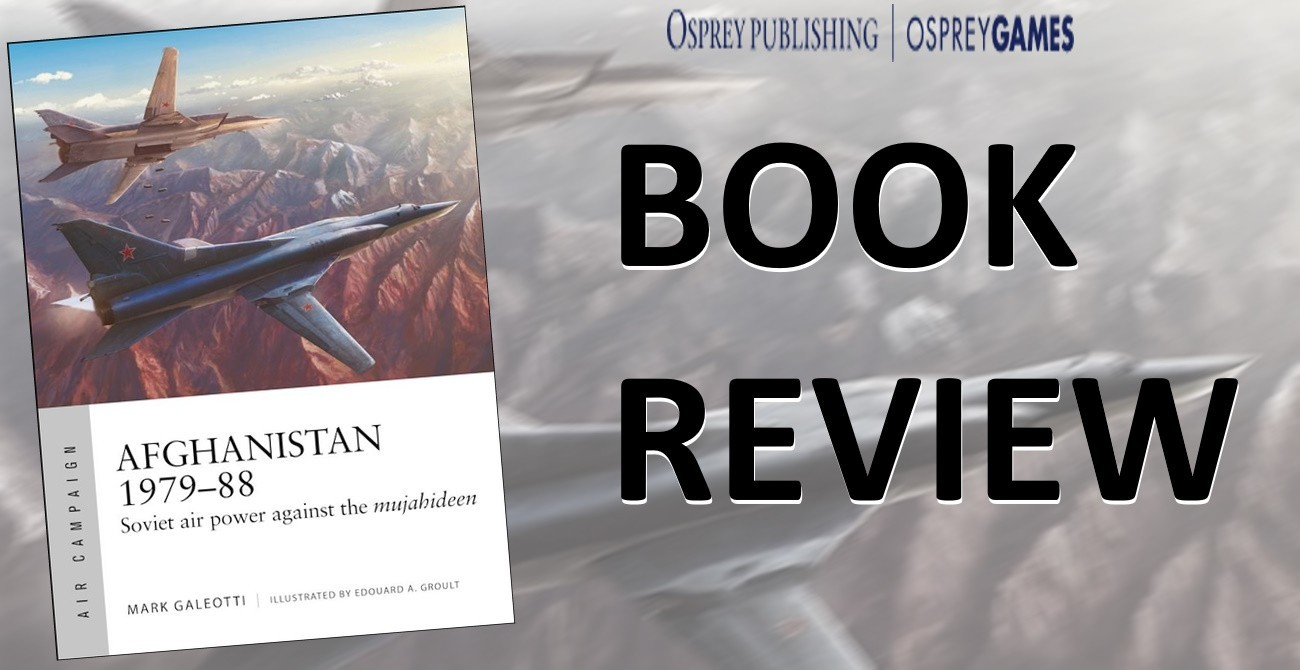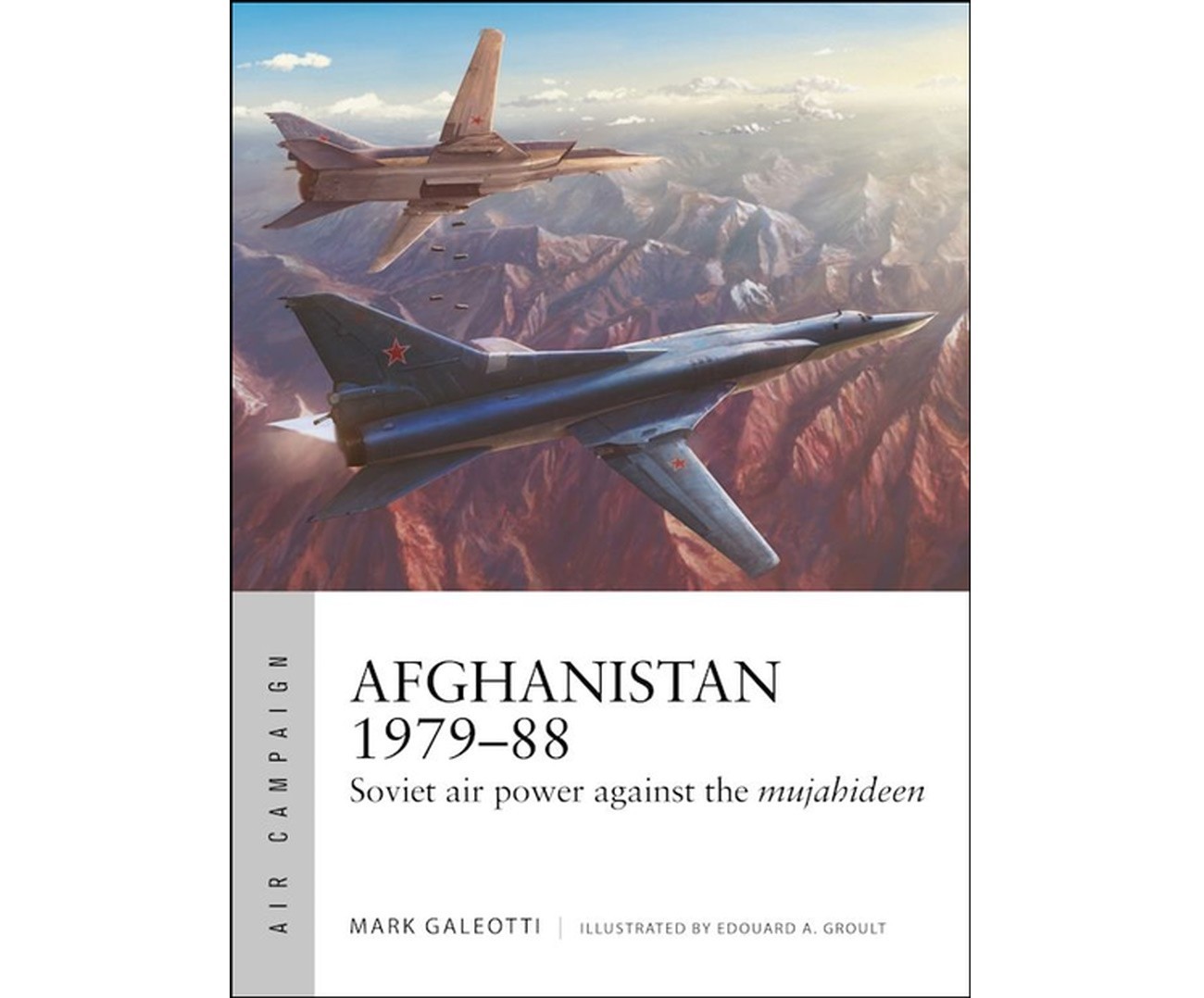
I asked to review this title because of my limited understanding of the subject, but mostly because of my love of all things Hind (Mil Mi 24), and Afghanistan is where the Devil's Chariot really came out to play. Along with a whole range of other Soviet aircraft of the day. And the book does not disappoint.
ok, the basics and the blurb...
The Soviet Union's invasion of Afghanistan was fought as much in the air as on the ground. From the high-level bombing raids that blasted rebel-held mountain valleys, to the Mi-24 helicopter gunships and Su-25 jets that accompanied every substantial army operation, Soviet control of the air was a crucial battlefield asset. Vital to every aspect of its operations, Mi-8 helicopters ferried supplies to remote mountain-top observation points and took the bodies of fallen soldiers on their last journey home in An12 'Black Tulips'.
But this was not a wholly one-sided conflict. Even before the Afghan rebels began to acquire man-portable surface-to-air missiles such as the controversial US 'Stinger,' they aggressively and imaginatively adapted. They learnt new techniques of camouflage and deception, set up ambushes against low-level attacks, and even launched daring raids on airbases to destroy aircraft on the ground.
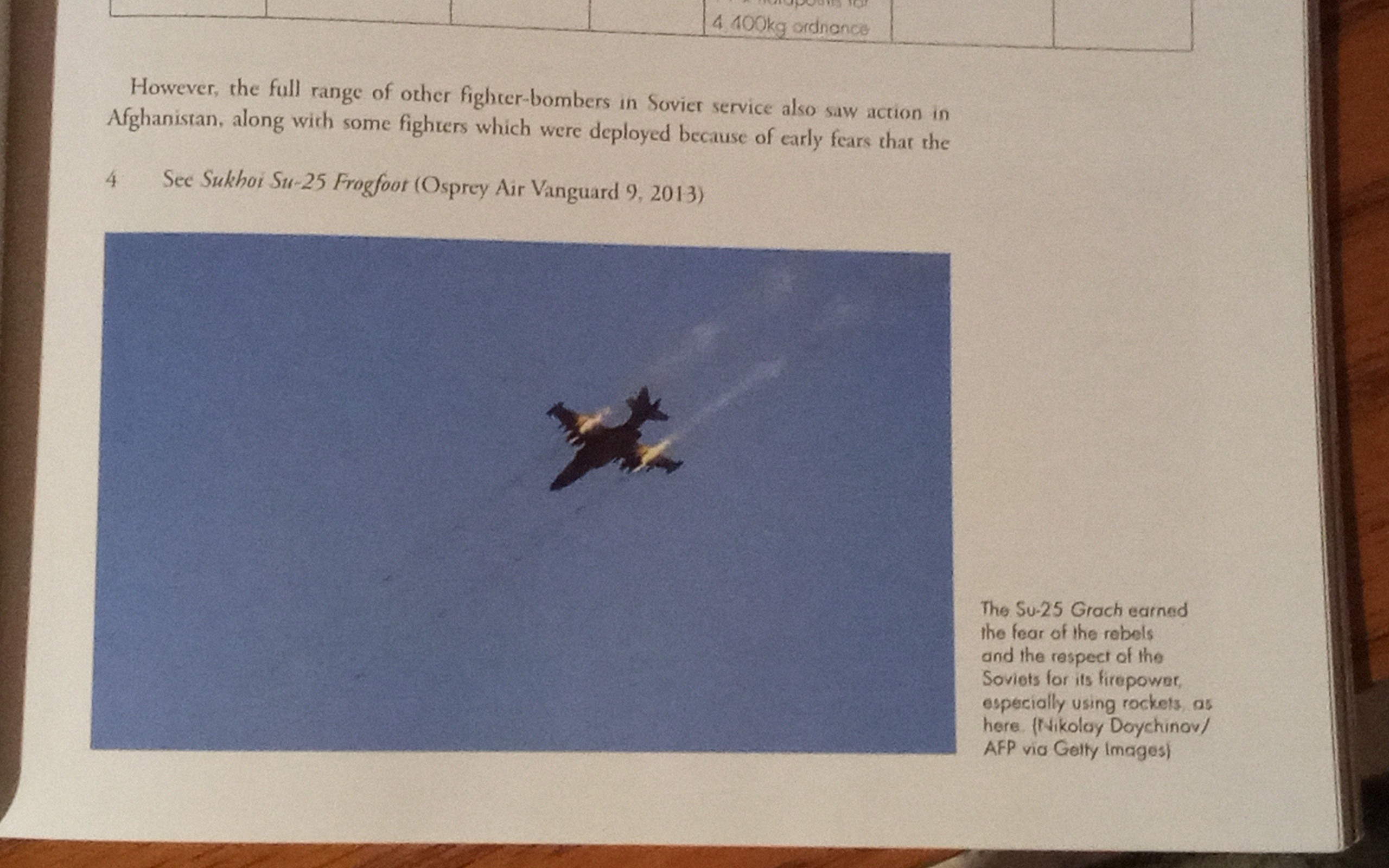
Featuring information previously unknown in the West, such as the Soviets' combat-testing of Yak-38 'Forger' naval jump jets, Soviet-expert Mark Galeotti examines the rebel, Kabul government and the Soviet operation in Afghanistan, drawing deeply on Western and Russian sources, and including after-action analyses from the Soviet military. Using maps, battle scenes and detailed 'Bird's Eye Views', he paints a comprehensive picture of the air war and describes how, arguably, it was Soviet air power that made the difference between defeat for Moscow and the subsequent stalemate that they decided to disengage from.
Two performers
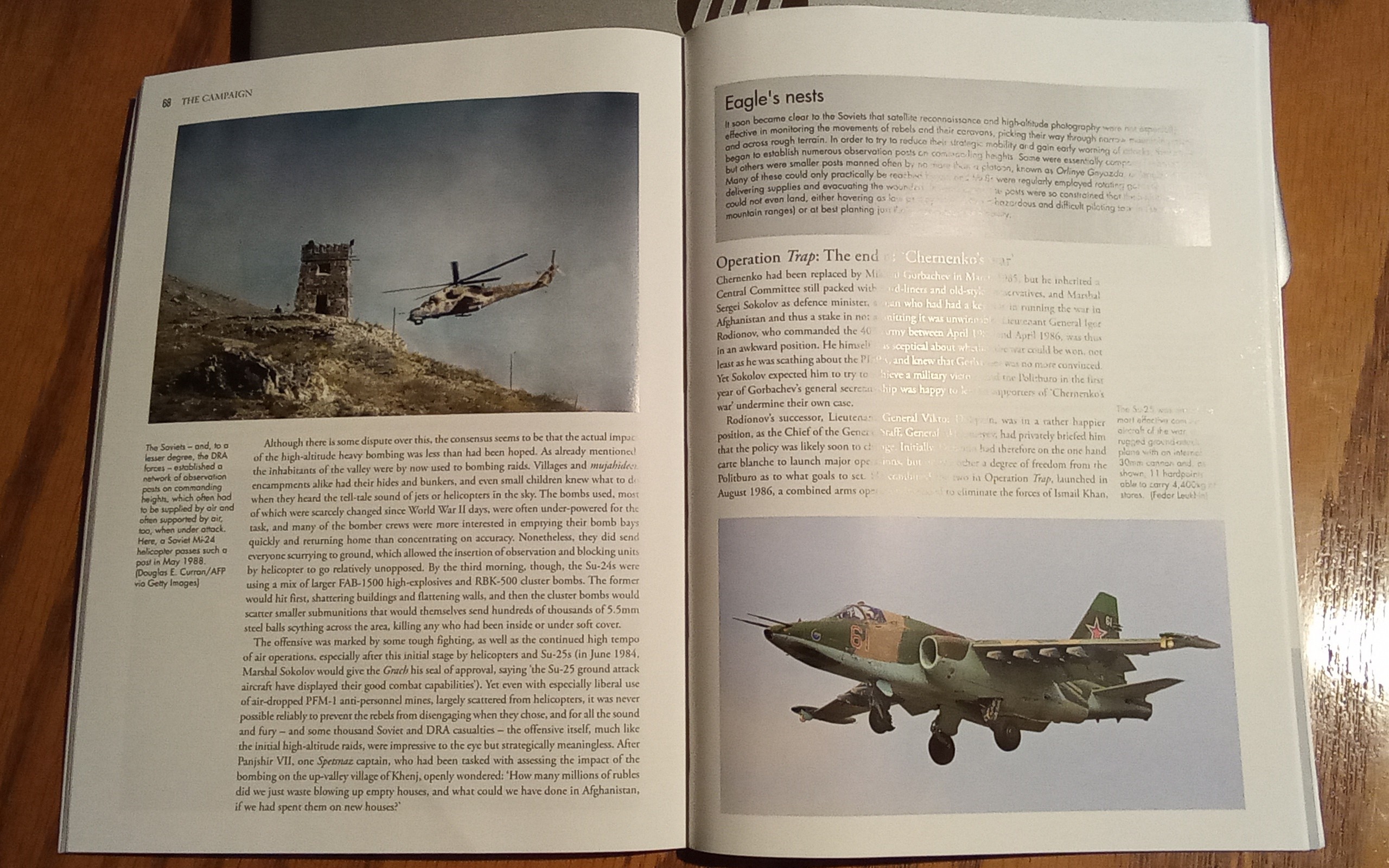
Table of Contents
INTRODUCTION
Flying in an Afghan summer
CHRONOLOGY
ATTACKER'S CAPABILITIES
The Soviet Air Force in Afghanistan
Close air support
Bombing
Airlift
Supporting the war
The DRA Air Force
DEFENDER'S CAPABILITIES
Countering Soviet air power
Deception, evasion and camouflage
Anti-aircraft artillery
MANPADS
Mines and ambushes
Raids
CAMPAIGN OBJECTIVES
A decade in Afghanistan
1. Invasion, 1979–80
2. Reluctant escalation, 1980–84
3. Chernenko's war, 1984–86
4. The 'bleeding wound', 1986–88
5. Withdrawal, 1988–89
THE CAMPAIGN
Jets and helicopters fight a guerrilla war
1. Invasion, 1979–80
2. Reluctant escalation, 1980–84
Operation Rhombus and the Yak-38
3. Chernenko's war, 1984–86
Operation Trap: The end of 'Chernenko's war'
4. The 'bleeding wound', 1986–88
The Stinger
Operation Highway, 1987–88
5.Withdrawal, 1988–89
Operation Air-Bridge, January–February 1989
AFTERMATH AND ANALYSIS
FURTHER READING
GLOSSARY
INDEX
96 pages, 60 photographs, 14 pages of colour plates, and more, this is part of the 'Air Campaign' series.
Some of the players.

I read this over the course of two nights, and a cold drink, and learned a lot from it. The book covers off some of the politics of Russia's war in Afghanistan, how Russia came to be there, the internal tension between those that wants to stay in Afghanistan, and those that wanted to leave; there is a comparison with the US in Viet Nam from a political perspective and both conflicts being characterised by the wide spread use of helicopters in their various forms.
There is a comparison of the Soviet tactics, mujahideen counter-tactics, and the Soviet response, illustrated with simple colour plates that convey the information well.
But what about the aircraft... I had little to no idea about the range and number of aircraft Russia sent to war over the mountains, and the ones they kept back. Those that did see combat include, in no particular order, strategic bombers Tu 22M, CAS aircraft Su 25 Rook, and - to my surprise, the Yak-38 VTOL, from specially made landing sites within a base (that was protected by Spetznaz troops), and the helicopters, particularly the Mil Mi 8 and 24.
There is a brief discussion on the difficulties of aircraft operating at such a high altitude and in thin air as encountered in the mountains of Afghanistan, and how the Russian pilots overcame this, with reduced payloads, flying at either end of the day, or rolling take-offs for helos.
A basic illustration
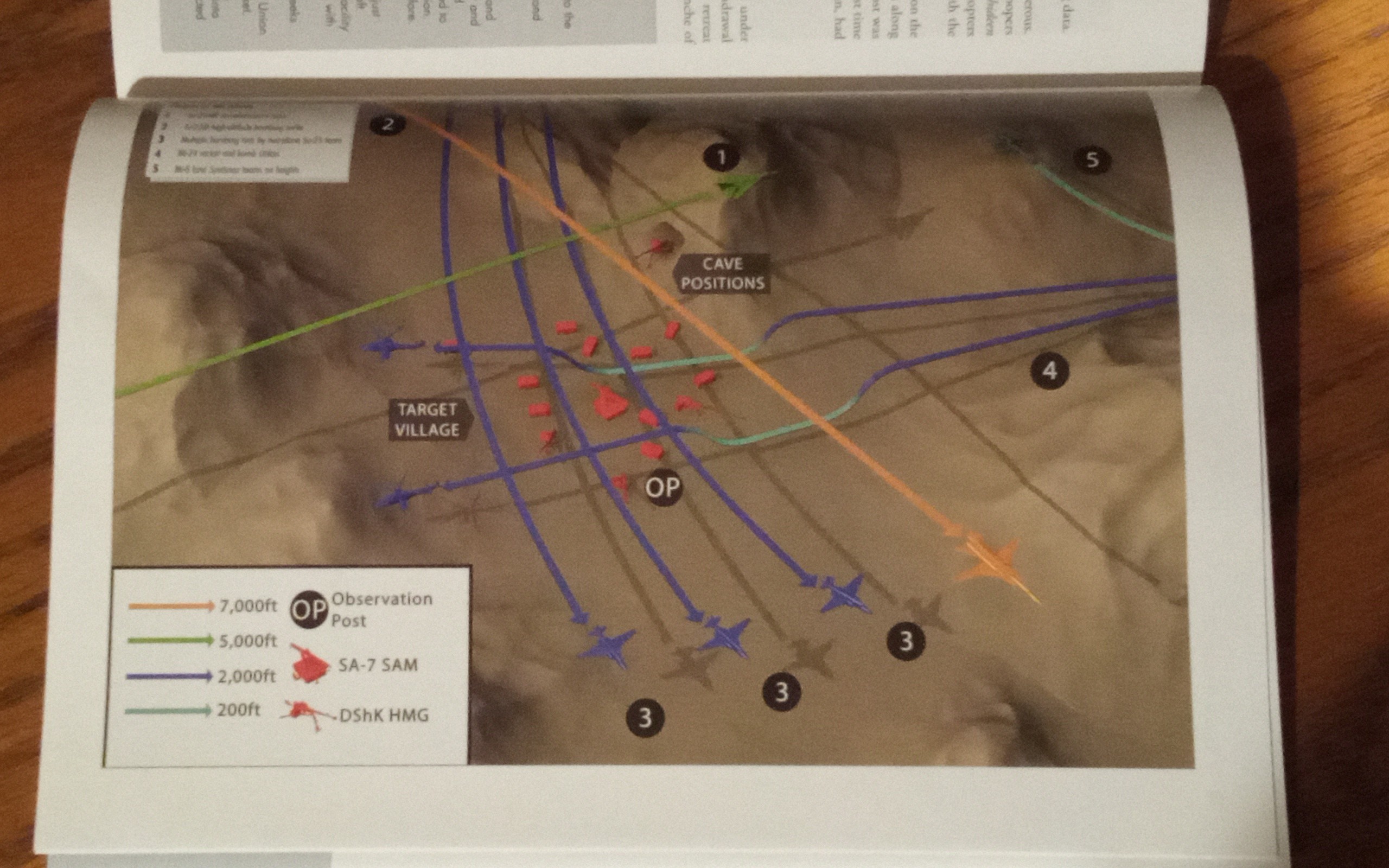
As the war was coming to a close, there was a scramble by both pilots and the state to try and get combat experience which resulted in the combat appearance of the Mig 27, 'Flogger', and the Mig 29 in theater.
But the real stars of the show were the helicopters. There is a table, page 11, that lists the types deployed and there are only three: Mi 6; Mi 8 in its various forms 8T and 8TVK, and the Mi 24 including the A, D, V, and P. And, a quote from a former staff officer of the 40th Army, 'the Mi-8 may not be well known outside Afgan [sic], but to me, it was perhaps the most indispensable weapon of the war.' The next table lists the location and units that operated helicopters and their deployment dates. All very interesting.
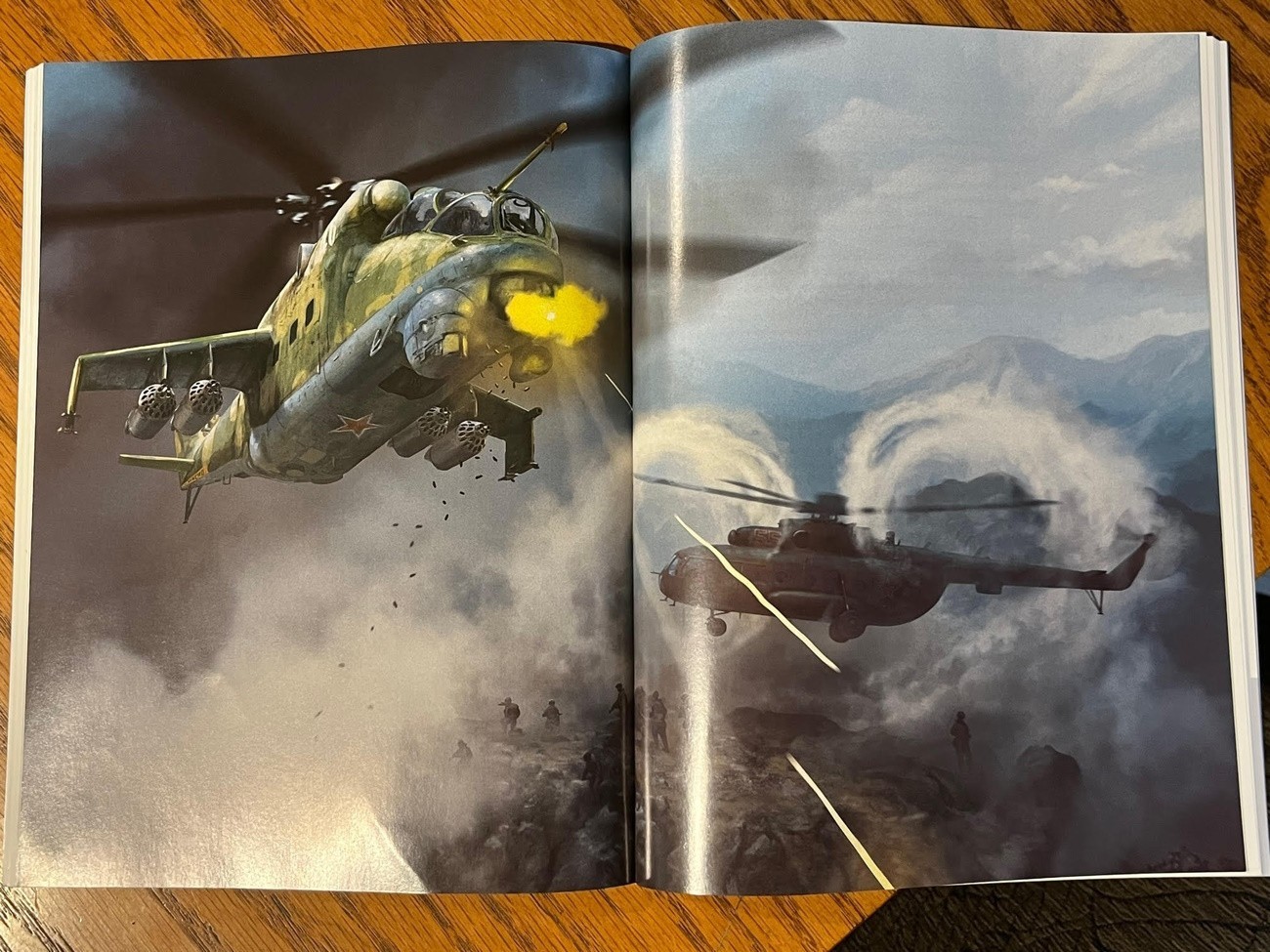
Something else that got my attention was the Soviet use of fuel air bombs, or thermobaric, and how the pilots had to fly at least 1000m above the target so as to avoid effects of the blast. Thats one kilometer! Yikes!
There is loads more in this that would be as relevant to modelers as it would be to students of air combat or the history of Russians in Afghanistan, and it is very easy to recommend it as a worthwhile read. Grab your copy today.
ISBN: 9781472850713
Published: 16 Feb 2023
https://ospreypublishing.com/uk/afghanistan-197988-9781472850713/
Please remember, when contacting retailers or manufacturers, to mention that you saw their products highlighted here – on Aeroscale.












